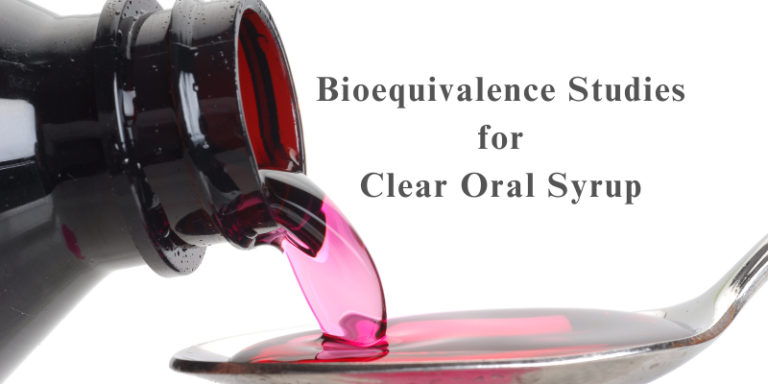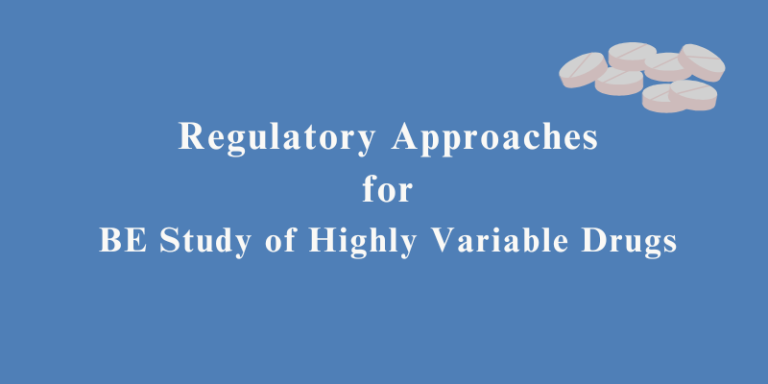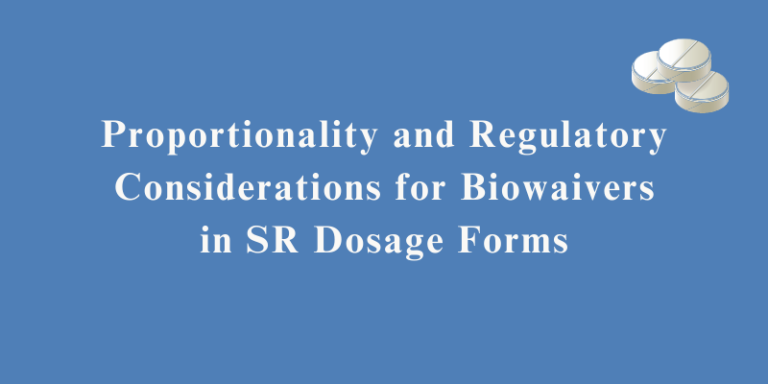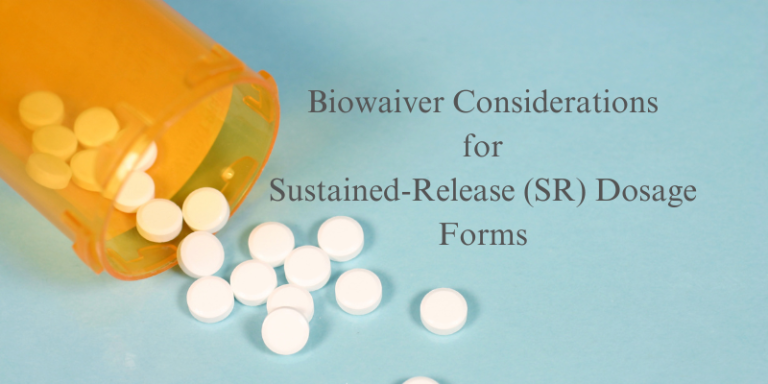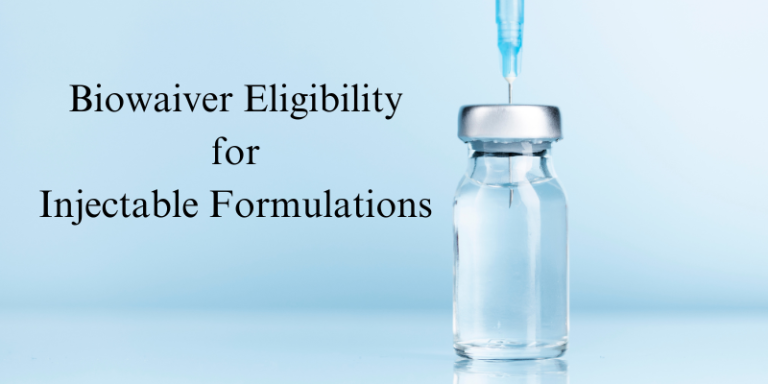Bioequivalence Studies for Clear Oral Syrup
BE studies for clear oral syrup solutions ensure that generic formulations provide the same therapeutic effect as the reference product. Unlike solid dosage forms, oral syrups are already in solution, which simplifies some BE requirements. However, factors such as excipients, solubility, and absorption characteristics can influence the need for in vivo studies. When Are BE…

